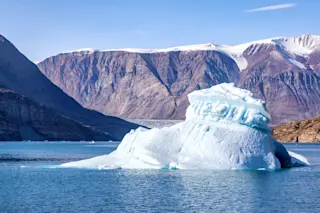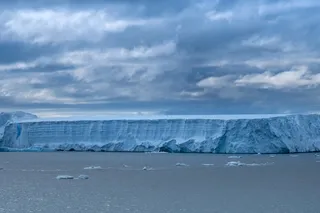In September 2023, a strange seismic signal rippled across global monitoring stations. Every 90 seconds, for nine days straight, the Earth subtly pulsed — and then it happened again a month later. No earthquake. No explosion. The suspected epicenter: the remote Dickson Fjord in East Greenland.
Now, a new study published in Nature Communications from the University of Oxford has solved the mystery. Using cutting-edge satellite technology, researchers mapped the movement of water in the fjord and confirmed the existence of a rare phenomenon: massive waves created by landslides that bounced back and forth for days, generating the rhythmic seismic signals. These long-lasting standing waves, called seiches, had never been directly observed in this kind of setting — until now.
A tsunami is any wave generated by a sudden displacement of water, often by earthquakes, volcanic eruptions, or landslides. It doesn’t need to be tall, it just needs to be ...















